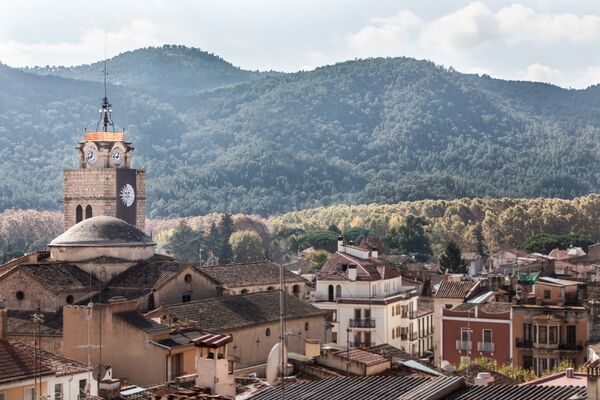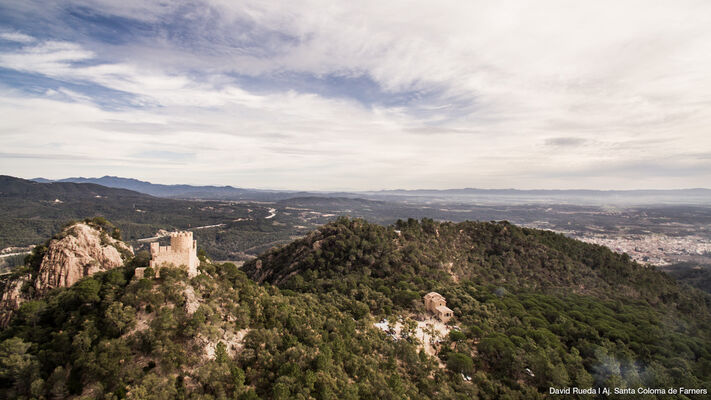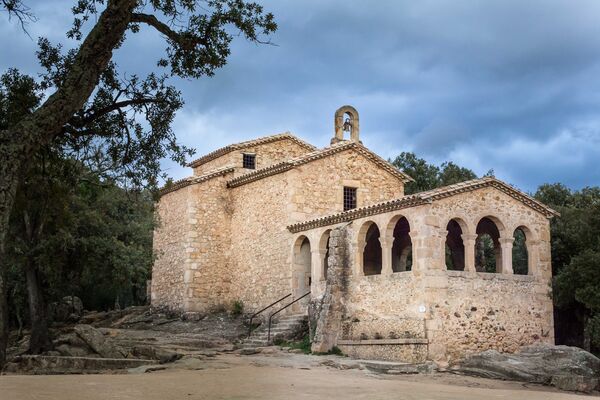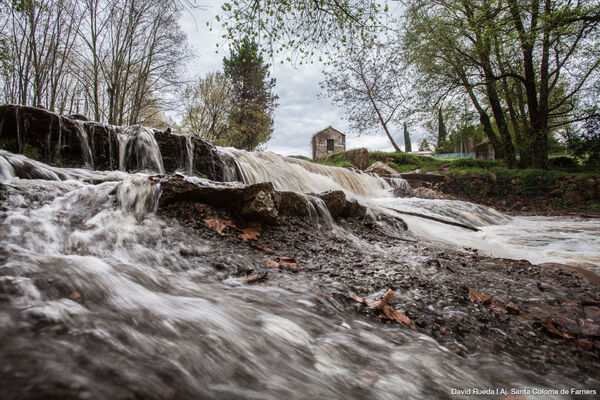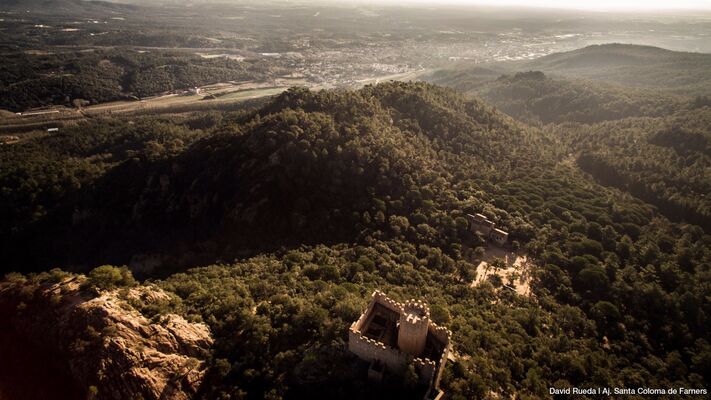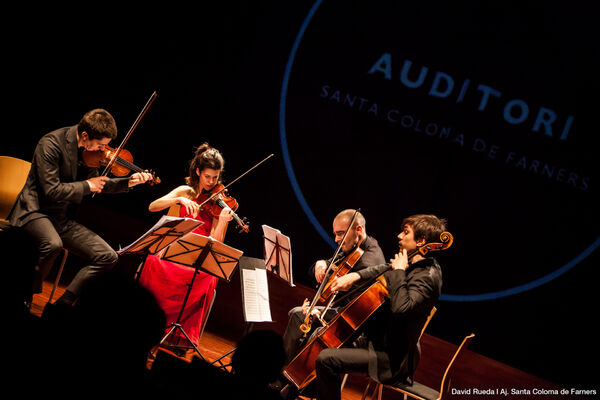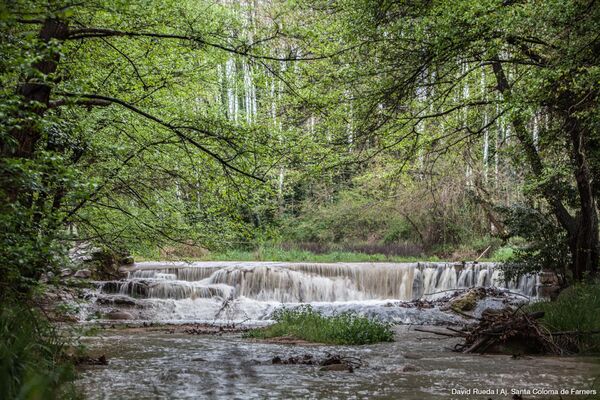Discover
The term municipality includes the urban nucleus, the neighbourhoods of Sant Pere Cercada, Castanyet, Sant Miquel de Cladells and Vall i Vallors, and the Santa Coloma Residential urbanisation.
Santa Coloma boasts a transitional orography: starting in the urban nucleus and heading East, the Selva plains begin, whereas if you start in the same place and go West you will come across the Guilleries, with the spurs of Espinau, Santa Bàrbara and la Serra del Corb. In this semicircle of mountains, scattered between hills, valleys, mounds and hollows, there are many hermitages of great historical, artistic and religious interest, that are worth visiting.
The first written reference of the town is from the year 886, when it was cited by Sauleda, while in 950, Bishop Gotmar of Girona consecrated the new church that had been destroyed years previously by Hungarian soldiers. Farners castle also dates back to this period. It had lookout functions to control the route from Osona to Girona, and was used as a refuge from potential random attacks. The first mention of the name Farners comes from the mid XI century, when Ramon Folc de Cardona offered the castle to the Count of Barcelona, Ramon Berenguer I; the castellans were the family of the Farners.
In 1497 Santa Coloma had around 350 inhabitants, and 43 peasant country houses had been liberated via payment. Growth continued over the following years, until the Viceroy responded to the death of the royal court clerk in April 1640 by burning the majority of the country houses and homes in the town: days later the Blood Corpus took place, and the Reaper’s War began.
In 1718 the town had 823 inhabitants, and in just over 70 years, this figure tripled, taking advantage of the location between the Guilleries and the coast.
The second half of the XIX century bore testimony to an important growth in economic activity, demonstrated by the town’s urban expansion: this ended with the building of the road between Santa Coloma and Sils; the Carlists burned down Farners house and the space became the Town Square. Firal Square was built and dedicated to cattle and agriculture festivals, and the streets to the side of the Sant Sebastià Street began to take shape, and the Major Street was joined to the Verge Maria Street. At the same time, cultural and associative activity became incessant, with the proliferation of casinos and athenaeums, the appearance of seminars and the creation of ‘cobles’ (typical Catalan folk music groups used to accompany Sardana dancing), among other activities.
At the start of the XX century (1901) Santa Coloma already had 4600 inhabitants and would soon receive the title of town, in recognition of its economic, cultural and political relevance in the region. Over the course of this century, the town really began to grow, with the incorporation of new administrative social and service teams which made the town what it is today: capital of the la Selva region with a population of almost 13,000 inhabitants.


